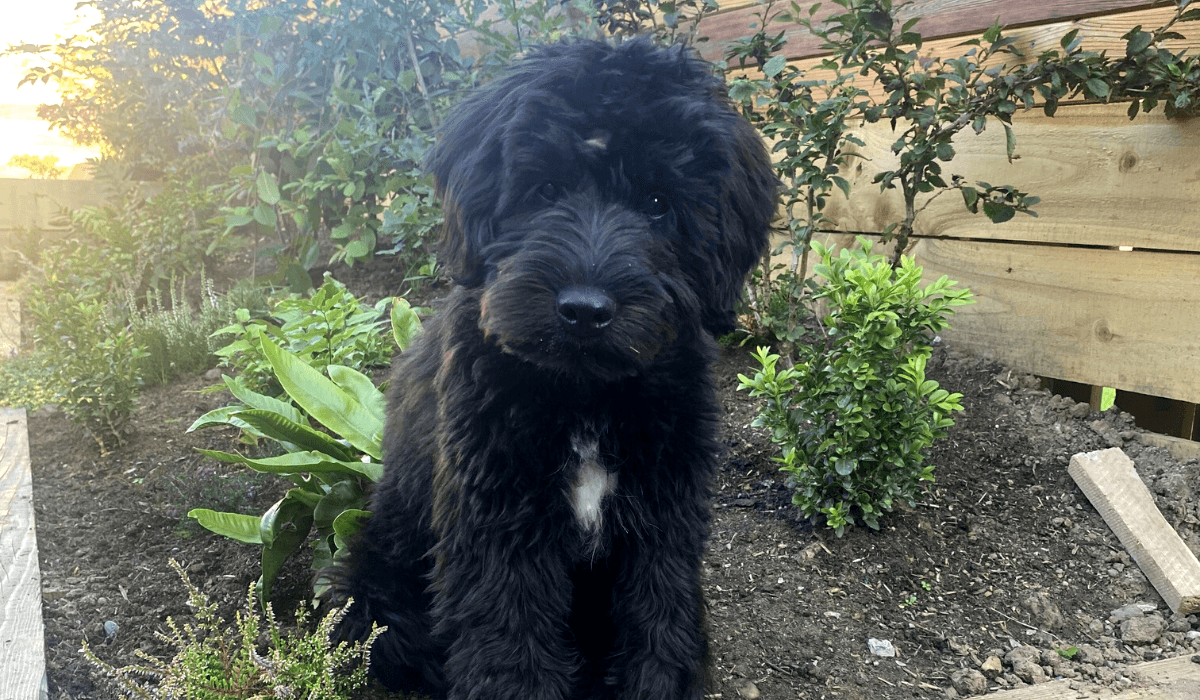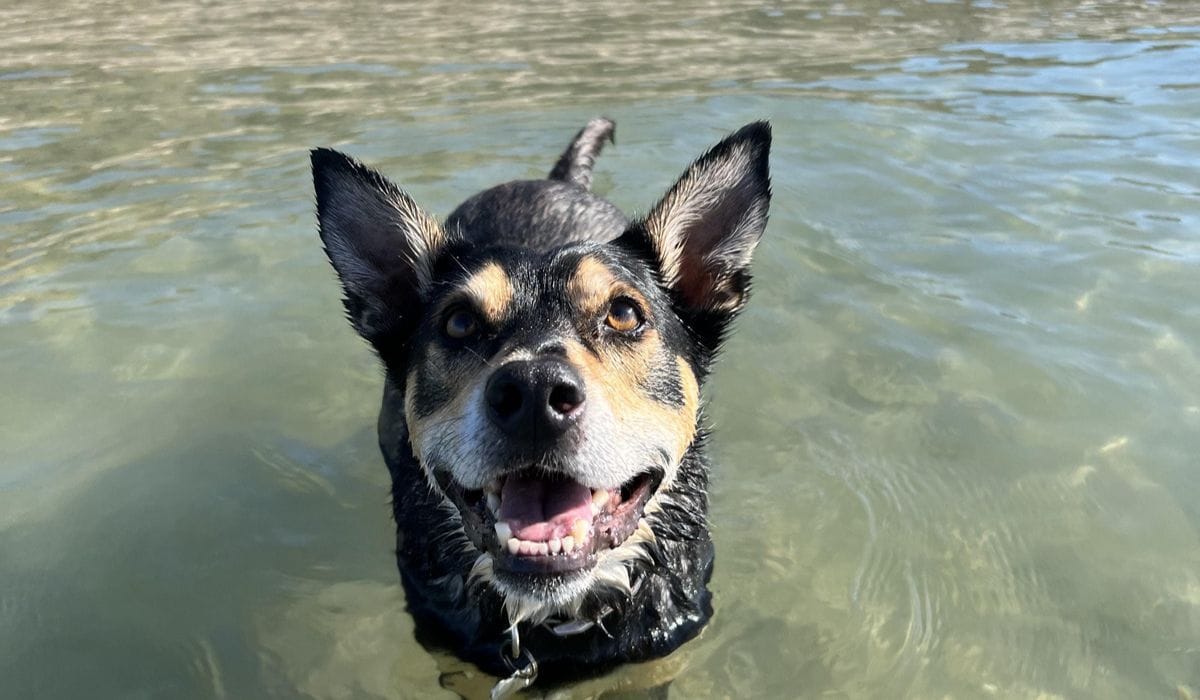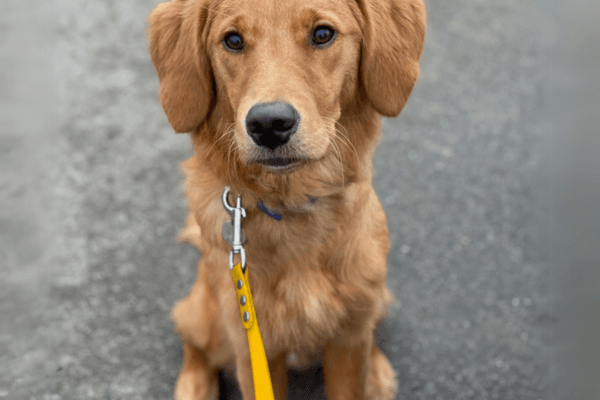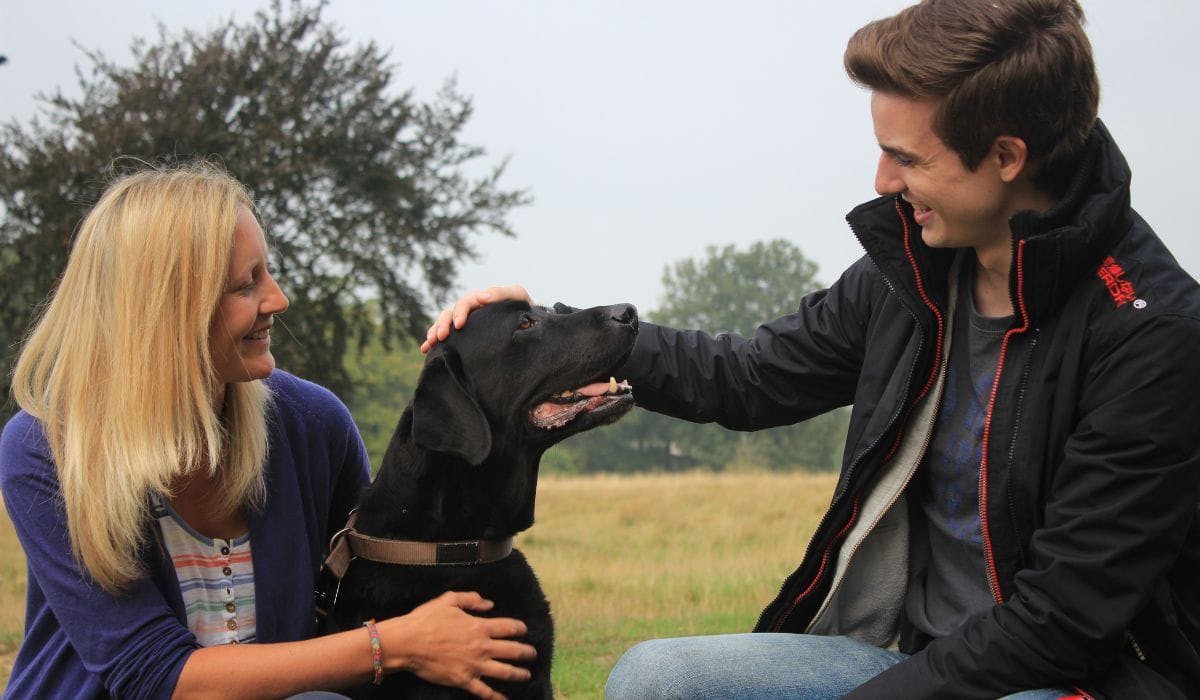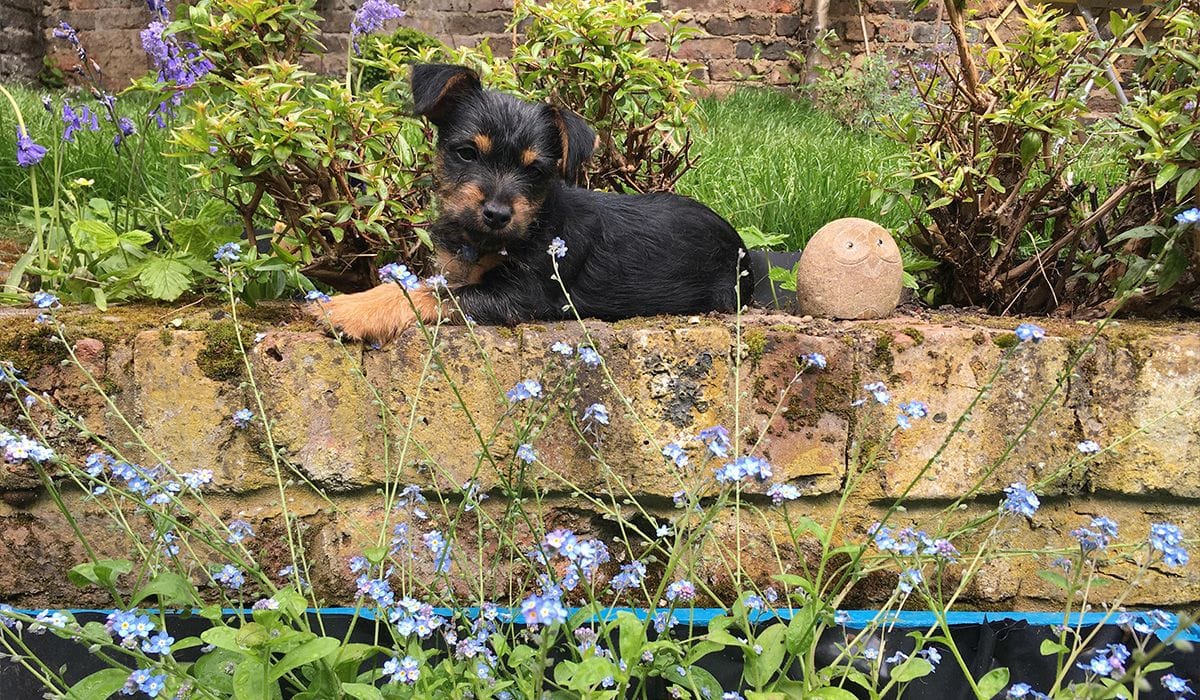Written by Dr. David Tweedle, BVetMed MRCVS Clinical Director
Reviewed by Dr Jill McMaster BVM&S MBA MRCVS, Veterinary Surgeon and in-house expert at BorrowMyDoggy on 9 Jun 2023
Dr David Tweedle, My Family Pet Vet and Clinical Director at Natures Vet in Somerset, sheds some light on keeping our dogs safe from weed killer and herbicides during the summer.

“Many household lawn sprays or garden products are dangerous to our furry friends as they explore the great outdoors, sniff grass and even tuck into it during the summer months.
One particularly dangerous product that’s found in many weed killing agents is glyphosate. When you choose a weed killer this summer, be sure to go for one that doesn’t contain this. It’s also a good idea to steer clear of these, too:
- Disulfoton
- Sodium Arsenite
- Metaldehyde
- Ammonium Sulfamate
- Borax
But don’t worry, dog-friendly products will be advertised clearly so all you need to do is look out for the label.
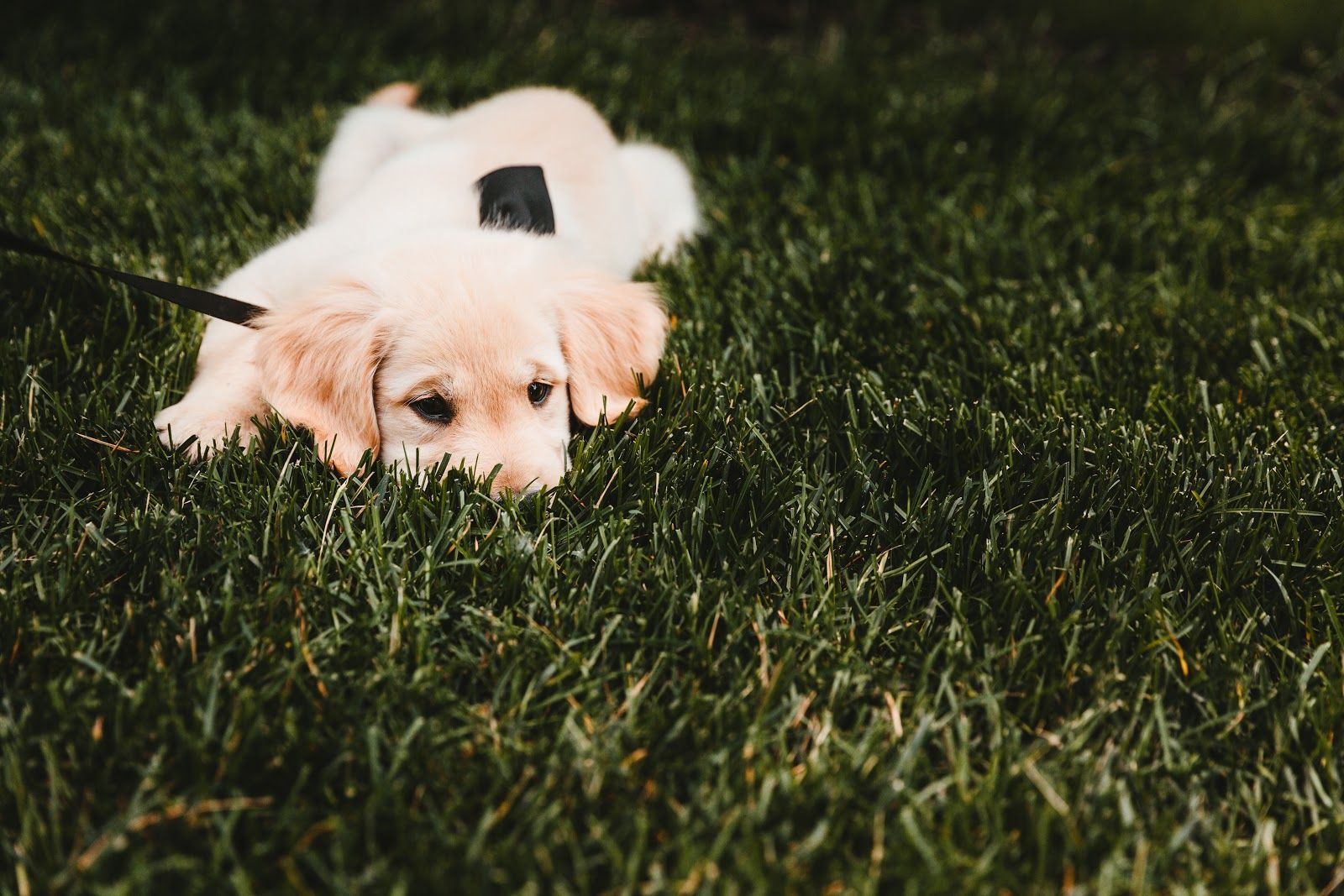
What happens if a dog does eat glyphosate?
Ingestion of glyphosate can cause:
- Heart rate issues
- Breathing difficulties
- Convulsions
Symptoms of weed killer poisoning can include:
- Burns or sores around your dog’s mouth, nose or paws
- A rash or itchy skin
- Vomiting or diarrhoea
- Difficulty breathing
- Fits or seizures
- Drooling
- Appearing generally out of character or restless
If you spot any of these symptoms in your dog, get in touch with your vet as soon as possible. These symptoms can belong to other illnesses so your vet will be able to determine what exactly is wrong.
If you think weed killer poisoning is the cause of your dog’s symptoms, try to provide your vet with some helpful information. Bring the chemical container/bottle with you so the vet can see the ingredients; how much contaminated grass did your dog eat? Did they eat a lot in a short space of time?
How do I prevent my dog from ingesting a harmful or nasty product?
Most garden products will come with clear instructions. By following these, you’ll make sure everything stays risk-free for your dog.
Make sure you keep them inside as you apply the product. Once you’ve treated the lawn, don’t let your dog out into the garden until the advised period of time has gone by.
One popular saying in the veterinary world is ‘prevention is better than cure’ – and it’s true. It’s a lot easier to prevent accidents than it is to treat them, but of course, always contact your vet if you’re concerned.”
This article is for information only, and should never replace any advice, diagnosis or treatment from your veterinary surgeon. Always contact your local vet or out of hours vet without delay if you have any concerns about your dog.
First Aid Guides
What to do if your dog is bleeding?
What to do when your dog has difficulty breathing?
What to do when your dog has collapsed?
What to do when an adder bites your dog
Further info on poisonous plants to dogs
Garden plants poisonous to dogs
What to do if your dog has food poisoning
Preventing herbicide poisoning in dogs
Protecting your dog from pests and insects
Foods your dog can and can’t eat
10 springtime hazards for dogs
